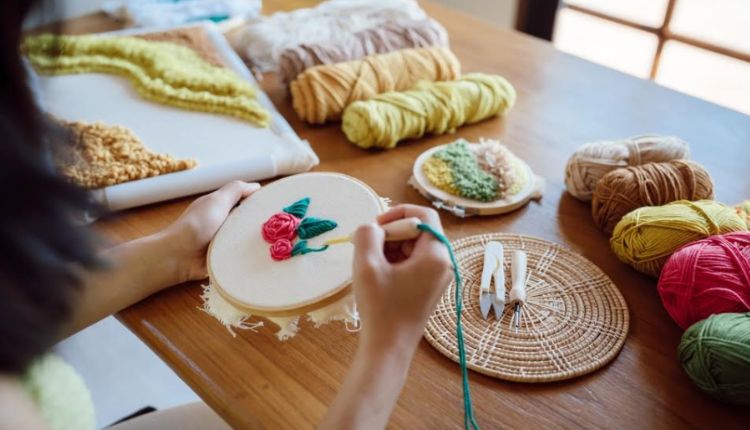
Hobbies
In a world increasingly dominated by screens, algorithms, and automation, the resurgence of hands-on hobbies may come as a surprise. Yet from woodworking and pottery to metalworking and home gardening, traditional crafts are seeing renewed interest among people of all ages. Whether driven by a need for creative expression, mental wellbeing, or the desire to disconnect from digital noise, more individuals are turning to craftsmanship as both a personal and practical pursuit.
A Response to the Digital Age
The modern lifestyle often involves hours spent in front of computers or glued to mobile devices. While this digital engagement offers convenience and connectivity, it also leaves many feeling detached from physical, tangible accomplishments. Hands-on hobbies provide a remedy. Working with raw materials, whether it’s wood, clay, or soil, satisfies a deeply human need to create something real. Unlike digital outputs, which can feel fleeting or intangible, handcrafted objects stand as lasting representations of effort and care.
Moreover, manual crafts offer a rare opportunity to engage the senses. The scent of freshly cut wood, the texture of wet clay, and the hum of tools in motion all contribute to a mindful, immersive experience. This physicality promotes a sense of presence and control, qualities that are often lost in today’s high-speed digital environments.
Therapeutic and Purposeful
Studies have shown that engaging in hobbies can significantly reduce stress and anxiety. The repetitive, focused nature of crafting has been likened to meditation, helping to slow the mind and encourage relaxation. These benefits are especially important at a time when mental health awareness is on the rise and people are seeking accessible, non-digital forms of self-care.
For many, craftsmanship is not only therapeutic but purposeful. Hobbies like furniture making, home repairs, or small-scale renovations empower individuals to be more self-sufficient. The skills learned through these hobbies often translate into practical benefits, such as saving money, reducing reliance on commercial goods, or customizing one’s living space to fit personal preferences.
The DIY Renaissance
The rise of the maker movement and the popularity of DIY culture have brought craftsmanship back into mainstream culture. Social media platforms like YouTube, Instagram, and TikTok are filled with tutorials, timelapse builds, and hobbyist showcases, making these skills more accessible than ever. Whether someone wants to learn how to restore a vintage chair or build a backyard deck, the knowledge is just a click away.
This democratization of skill-sharing has also led to the growth of micro-enterprises. Many hobbyists have turned their passion projects into profitable side businesses, selling handmade goods on platforms like Etsy or offering custom services locally. As demand for unique, artisanal products grows, craftsmanship has evolved from a pastime into a potential revenue stream.
Equipping the Modern Hobbyist
Getting started with a hands-on hobby demands the right tools and materials. For those venturing into woodworking, for example, quality equipment is essential for safety and success. A reliable workbench, proper lighting, and sharp tools make all the difference. One often overlooked necessity is having the right blades for cutting different materials cleanly and efficiently. Those looking to stock their workshop can conveniently buy saw blades online from trusted suppliers, ensuring they are equipped to bring their projects to life.
In a similar vein, hobbyists in other crafts must consider material selection and tool upkeep. Potters invest in kilns and glazes, metalworkers seek precision equipment, and even gardeners benefit from well-maintained shears and spades. The investment in tools can reflect a commitment to the craft itself.
A Future Rooted in the Past
While the tools may have changed, the motivations behind craftsmanship remain timeless. People still seek fulfilment, creativity, and a deeper connection to the objects they surround themselves with. In an era where mass production and virtual experiences dominate, the return to handmade authenticity offers a refreshing contrast.
As more individuals embrace hands-on hobbies, the definition of productivity is being reimagined. Success is no longer solely measured in metrics and screen time, but in the satisfaction of a well-finished table, a thriving garden, or a homemade lamp. The renaissance of craftsmanship can be seen as a cultural recalibration. One that reminds us of the value in making something with our own two hands.







